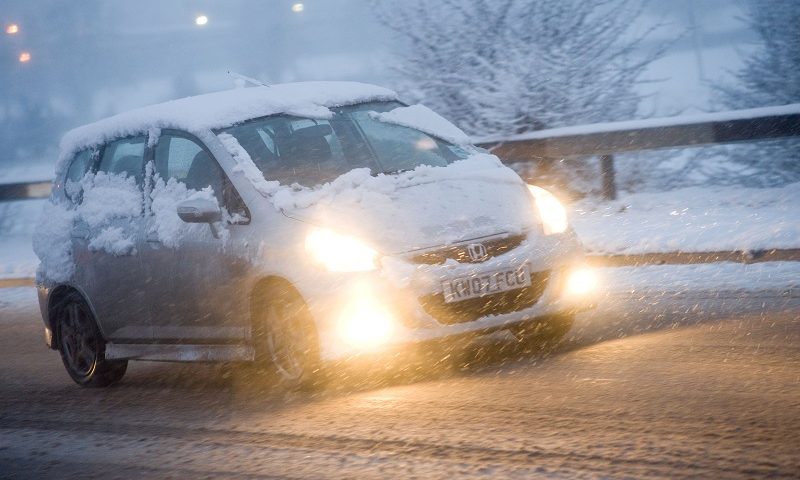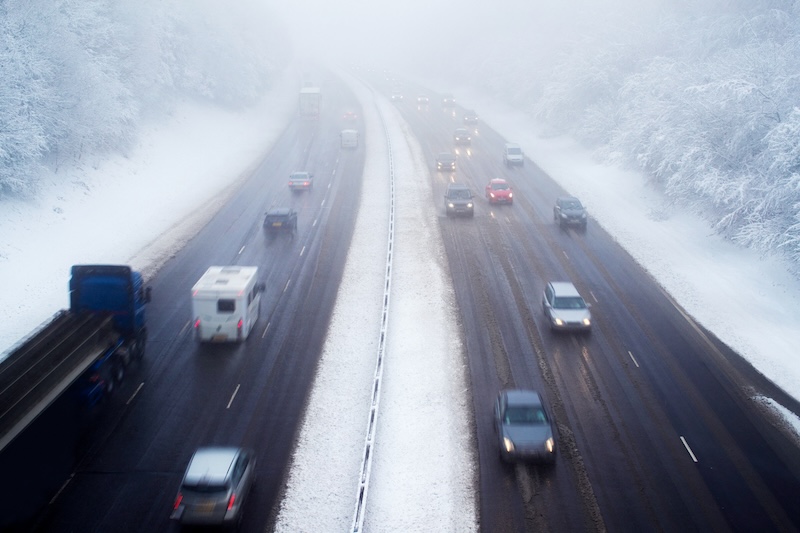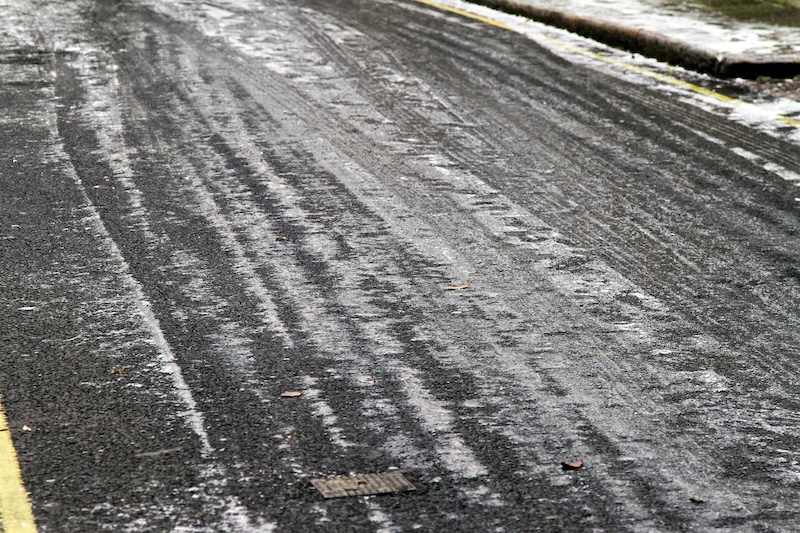What Are Fog Lights And When Should You Use Them?

Winter fog is set to descend over the UK, but many drivers don’t know how and when to use their fog lights…
The Met Office is forecasting thick fog across much of the UK in the lead up to Christmas, causing low visibility and poor driving conditions.
Here’s a little recap on everything you need to know about fog lights to help you stay safe on foggy roads.
What are fog lights?
Fog lights are vehicle lights designed to help aid visibility during difficult weather conditions such as fog, heavy rain, snow or dust. Fog lights are mounted lower down than headlights in the front of the car, allowing for better visibility. Most cars have fog lights positioned at both the front and rear, with rear fog lights serving the purpose of alerting other road users behind you.
Where are fog lights on a car?
All cars are fitted with rear fog lights by law, while many also have fog lights fitted at the front of the car as well. To turn them on, usually you can find a button on the dashboard, steering wheel stalk, or next to the dial you use to control your regular lights. To identify the exact location of the fog lights switch in your car, have a look through your vehicle logbook.
How to switch on fog lights
Turning on your fog lights will be dependent on the make and model of your car. In most cases, you’ll find a button on your dashboard or function on your indicator stalk that will allow you to turn your fog lights on and off, though some car models may have a rotary knob on the dashboard which can be pushed or pulled to activate the fog lights. Some more modern car models will have fog light functionality controlled via a touchscreen, which will usually be accessed through the menu.
When should you use your fog lights?
Many drivers believe that the slightest bit of mist is reason enough to turn on the fog lights. However, this could actually do more harm than good.
Fog lights are not there to help you see further in poor conditions – that’s what headlights are for. The only time you should use your fog lights is when your car’s main lights won’t be enough for other road users to see you, which is in conditions such as thick fog, snow or heavy rain.
The Highway Code (Rule 226) states: “You MUST use headlights when visibility is seriously reduced, generally when you cannot see for more than 100 metres (328 feet). You may also use front or rear fog lights but you MUST switch them off when visibility improves.”
A good way of knowing whether it’s time to use your fog lights is by looking at the streetlights. In the UK, streetlights on 30mph roads are placed no more than 200yards (183 metres) apart. If you can’t see the next streetlight from the one you’re passing, it’s time to turn on the fog lights.
When not to use your fog lights
It’s important to switch off your fog lights as soon as the fog, snow or rain has cleared to save you from dazzling other road users. Leaving your fog lights on could also make your brake lights less visible, meaning other drivers may not be able to tell when you start to slow down.
Another big no-no is leaving fog lights on when the road is wet. The brightness from your fog lights doubles when reflected off a slick road surface, causing glare through other car windscreens.
Rule 236 of the Highway Code gives the following instructions on when not to use fog lights:
“You MUST NOT use front or rear fog lights unless visibility is seriously reduced (see Rule 226) as they dazzle other road users and can obscure your brake lights. You MUST switch them off when visibility improves.”
Where to find your fog lights
By law, all cars are fitted with rear fog lights, and many have fog lights at the front as well. They can usually be found on a button on the dashboard, on a steering wheel stalk, or next to the dial you use to control your regular lights.
There should also be a symbol on your car’s dashboard that lets you know whether your fog lights are switched on or off.
Some cars are fitted with automatic lights, but you should be able to operate these manually as well.
To find out the exact location of the fog lights in your car, have a look through your vehicle logbook.
Looking for more advice on how to use your car lights properly? Use 1st CENTRAL’s essential guide to car lights and headlights to help you stay safe and visible on the road.
Don’t forget to check out our car insurance policies today!


